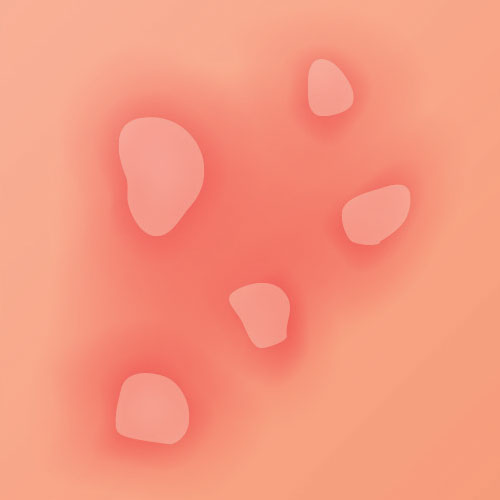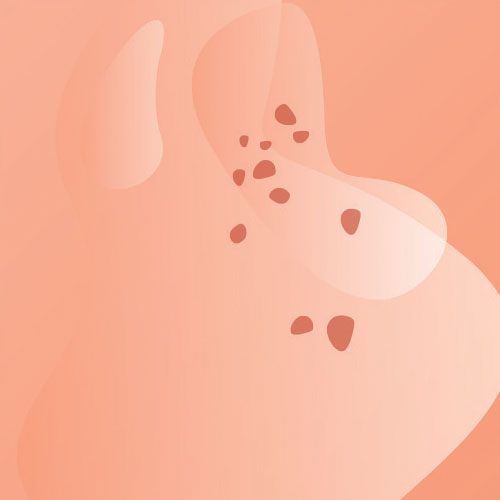Vitiligo is not the only disease that causes skin to change color.
Here are a few conditions and what they look like, including vitiligo.
Is it Vitiligo or something else? |
|
|---|---|
 |
Vitiligo is an autoimmune disease that causes your skin to lose color, often resulting in white patches on your skin that cover both sides of your body. |
 |
Pityriasis alba is a common skin disorder that causes areas of light-colored skin. The spots often start as slightly red, scaly patches on the face, upper arms, neck, and upper middle section of the body. |
 |
Tinea versicolor is caused by a fungal infection and leads to patches of discolored skin with a fine, dry, scaly surface. |
 |
Hansen's disease (leprosy) is a bacterial infection that can also cause discolored patches of skin. Usually these patches are flat, look faded, and may even feel numb. |
 |
Scleroderma is a rare but serious autoimmune disease that causes parts of the skin to harden. Often those areas can appear shiny. It can also create problems with connective tissue beneath the skin, harming blood vessels and internal organs. |
 |
Addison disease happens when the body doesn't produce enough cortisol, a hormone that regulates stress. One symptom of the disease is darkening of the skin in places like scars, skin folds, elbows, knees, and knuckles. |
Talk to your health care provider if you think you might have vitiligo or another skin condition.







